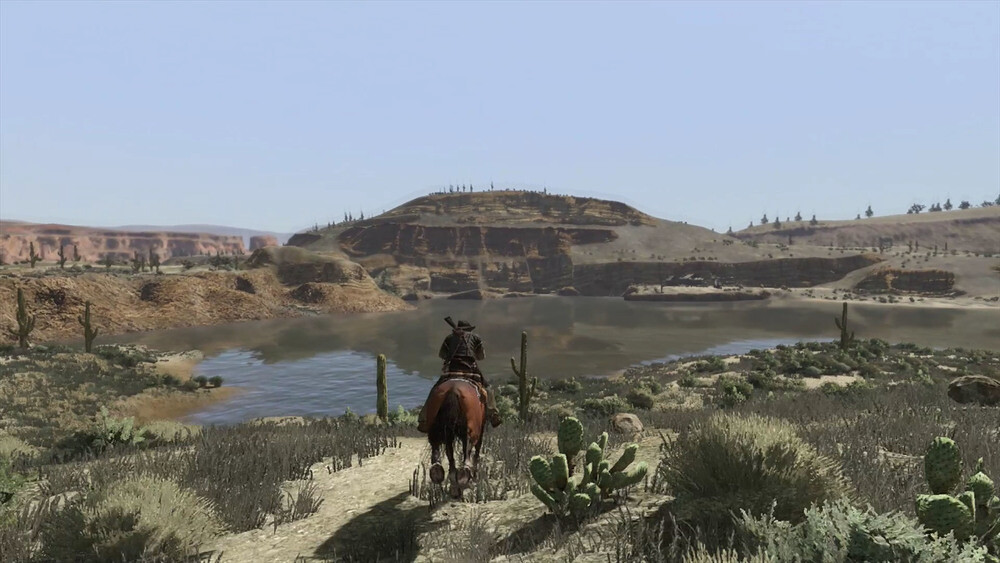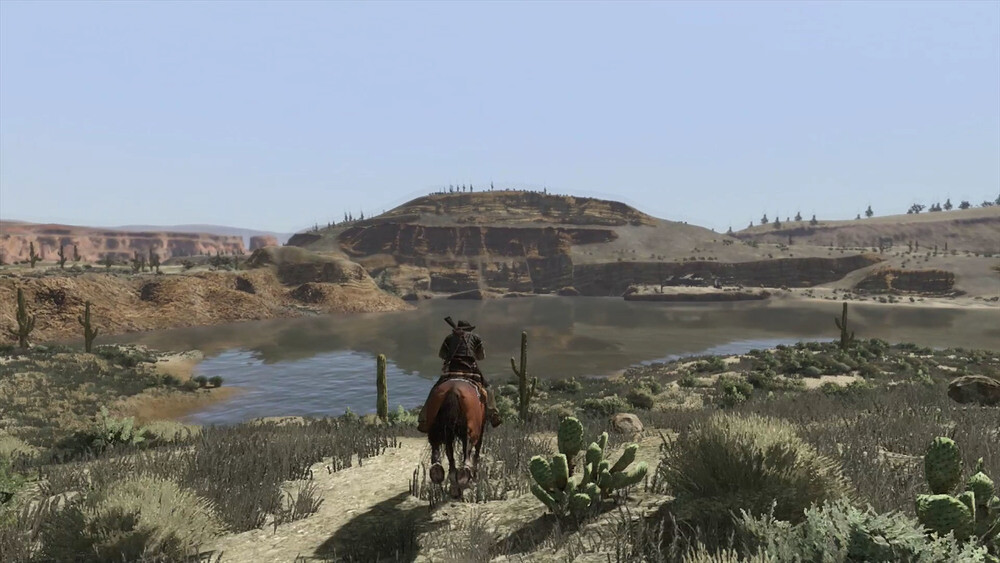Harun Farocki, Parallel I and II
March 7, 2019, 9pm
224 Greene Avenue
Brooklyn, NY 11238
USA
Bar Laika is very pleased to present Harun Farocki’s Parallel, screening parts I and II on Thursday, March 7, 9pm and parts III and IV on Thursday, April 4, 9pm.
Farocki’s four-part cycle Parallel deals with the image genre of computer animation. The series focuses on the construction, visual landscape, and inherent rules of computer-animated worlds.
“Computer animations are currently becoming a general model, surpassing film. In films, there is the wind that blows and the wind that is produced by a wind machine. Computer images do not have two kinds of wind.”
—Harun Farocki
Parallel I (15:53 minutes, 2012) opens up a history of styles in computer graphics. The first games of the 1980s consisted of only horizontal and vertical lines. This abstraction was seen as a failing, and today representations are oriented towards photo‐realism.
“For over one hundred years photography and film were the leading media. From the start, they served not only to inform and entertain, but were also media of scientific research and documentation. That’s also why these reproduction techniques were associated with notions of objectivity and contemporaneity—whereas images created by drawing and painting indicated subjectivity and the transrational.
Apparently today computer animation is taking the lead. Our subject is the development and creation of digital animation. If, for example, a forest has to be covered in foliage, the basic genetic growth program will be applied, so that “trees with fresh foliage,” “a forest in which some trees bear four-week-old foliage, others six-week-old foliage” can be created. The more generative algorithms are used, the more the image detaches itself from the appearance as found and becomes an ideal-typical.
Using the example of trees and bushes, water, fire, and clouds we compare the development of surfaces and colorings over the past thirty years in computer animation images. We want to document reality-effects such as reflections, clouds, and smoke in their evolutionary history.”
—Harun Farocki
Parallel II (8:38 minutes, 2014) explores the borders and boundaries of game worlds. The work follows characters’ attempts to escape the edges of their animated world by any means, and seeks to reveal what lies outside of these defined spaces and digital borders.
Harun Farocki (1944–2014) was born in German annexed Czechoslovakia. From1966 to 1968 he attended the Deutsche Film- undFernsehakademie Berlin (DFFB). In addition to teaching posts inBerlin, Düsseldorf, Hamburg, Manila, Munich and Stuttgart, hewas a visiting professor at the University of California, Berkeley.
Farocki made close to 120 films, including feature films, essayfilms, and documentaries. He worked in collaboration with otherfilmmakers as a scriptwriter, actor, and producer. In 1976 hestaged Heiner Müller’s plays The Battle and Tractor together withHanns Zischler in Basel, Switzerland.
He wrote for numerous publications, and from 1974 to 1984 hewas editor and author of the magazine Filmkritik (München). Hiswork has been shown in many national and internationalexhibitions and installations in galleries and museums.
For more information, contact laika@e-flux.com.

